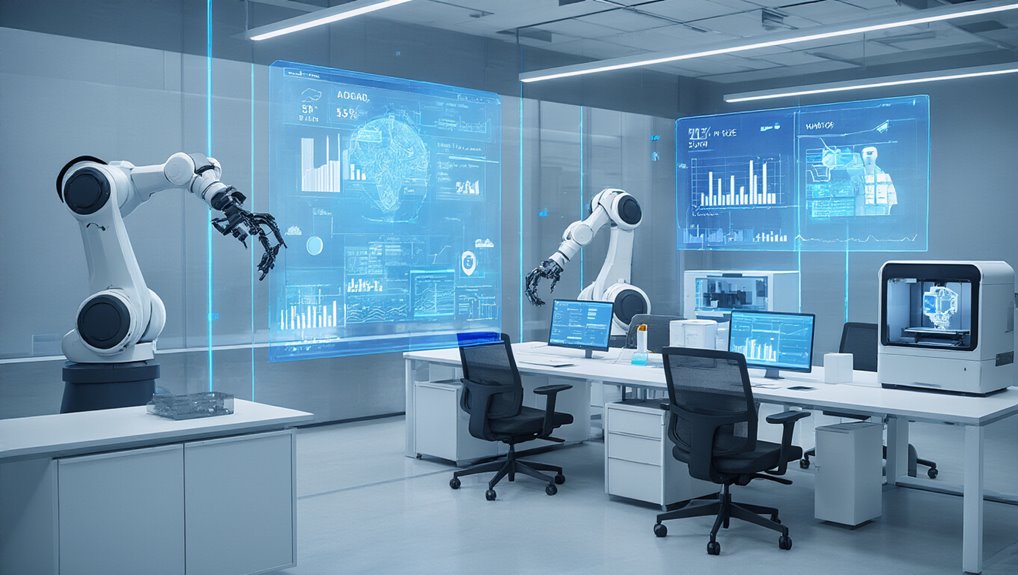While performance management systems continue to evolve rapidly across industries, a surprising 58% of companies still rely on basic spreadsheets for tracking employee performance. This outdated approach creates significant bottlenecks for IT teams, who often spend 1-2 weeks per employee on performance reviews—time that could be devoted to strategic initiatives. The consequences of these inefficient processes extend beyond just wasted time. Organizations implementing ITSM integration can achieve up to 92% lower churn rates while significantly improving overall efficiency.
IT leaders face a significant data deficit, with 40% of managers lacking access to sufficient information to analyze employee engagement effectively. This problem is compounded by the fact that only 33% of employees receive feedback outside annual reviews, creating a performance vacuum in which issues remain unaddressed for months. Organizations also struggle with consistency, as only 45% of leaders believe performance management tools are used uniformly across their companies. Research shows that gender bias affects ratings, with women being 28% less likely to receive the highest rating compared to men. Companies that implement quarterly check-ins see a 90% increase in employee engagement compared to those using only annual reviews.
The modern performance vacuum leaves most managers data-starved and employees feedback-deprived, creating organization-wide inconsistency.
The solution lies in embracing data-driven, AI-enabled performance management systems. Organizations that have integrated AI report 89% satisfaction among employees and managers—more than double the satisfaction rate of traditional processes. These systems deliver impressive efficiency gains, with one fintech company eliminating over 1,000 administrative hours while achieving 100% on-time review completion.
To improve your IT team’s performance management:
- Replace spreadsheets with cloud-based EPM software that provides real-time analytics
- Implement continuous feedback models rather than relying solely on annual reviews
- Use AI to identify skill gaps and career growth opportunities automatically
- Align individual goals directly to business objectives using performance management software
The benefits of these changes are substantial and measurable. Companies with continuous feedback models see notable increases in engagement and productivity, with 80% of employees preferring ongoing feedback to traditional annual reviews.
Organizations using data-driven performance practices are three times more likely to meet their business objectives, making the shift from spreadsheets to sophisticated management systems a strategic imperative for IT teams seeking to maximize capacity and performance.









